Plant Magic: How to Make a Nature Collage of Your Room
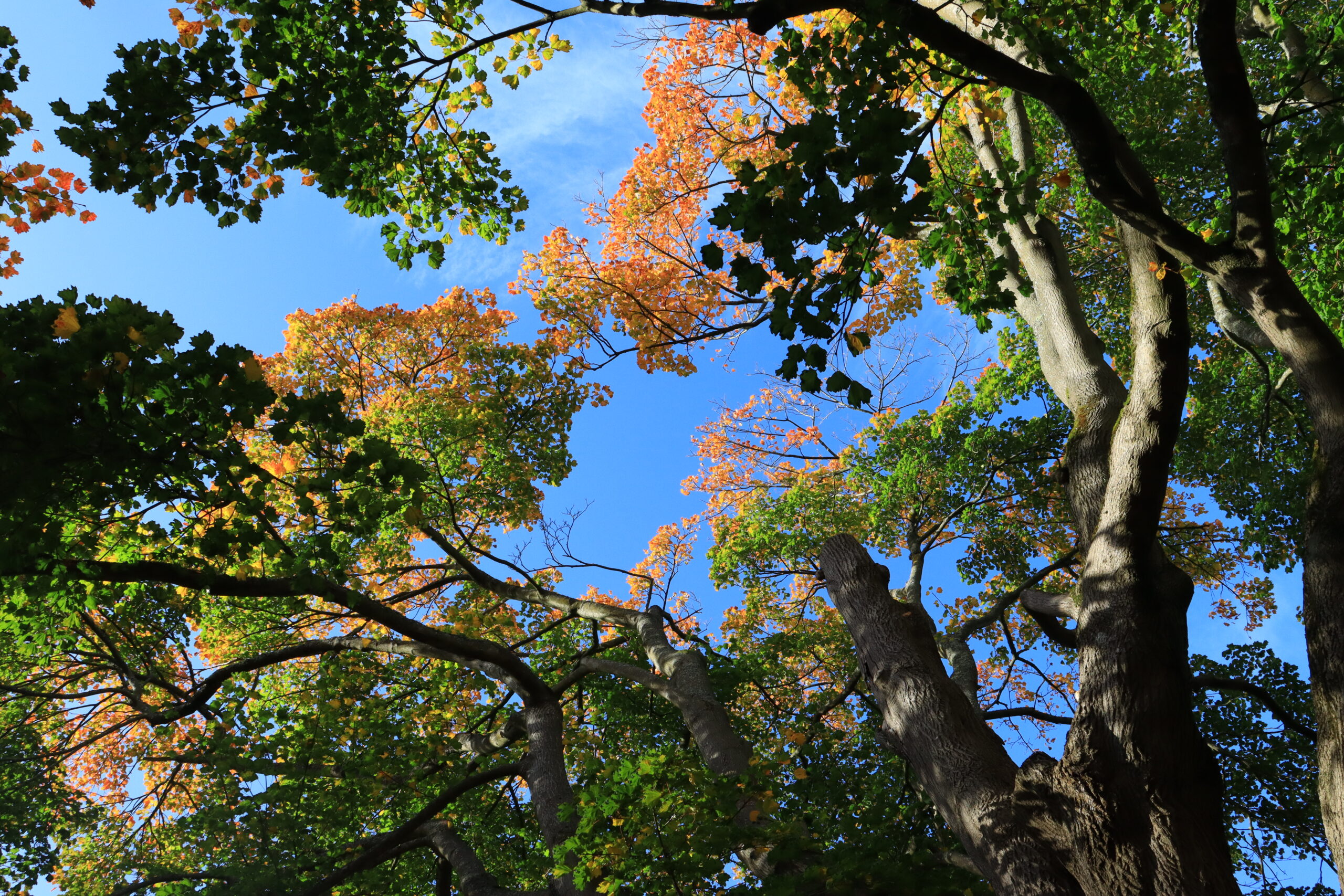
Reading Time: 3 minutes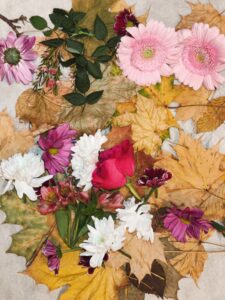
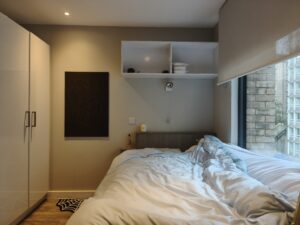
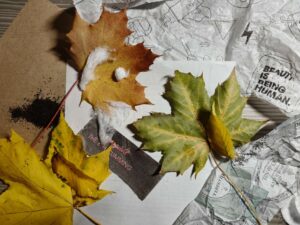
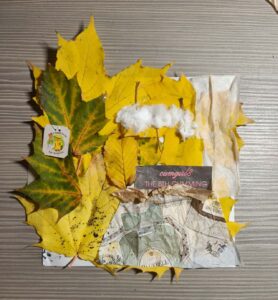
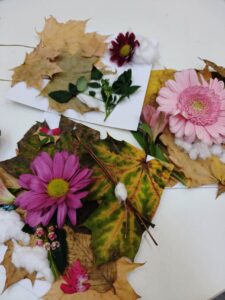

A 20 minute exercise that guides you on how to transforms an indoor space
into a collage made out of natural elements.
We often forget that we are nature. Nature is not something separate from us. So when we say that we have lost our connection to nature, we’ve lost our connection to ourselves.
– Andy Goldsworthy
Materials
Leafs, flowers, twigs or other parts of plants
Scissors, Double-sided adhesive/White Glue, pencils, coloured pens,a piece of paper no bigger than A4
If you are allergic to a certain plant, please avoid them and use the fabric or paper with different texture instead.

Process & Timeline
Step 1: Observation and Inspiration (2 mins)
-
Identify the scene you want to create. It needs to be a space that you have used in real life. Observe the space from overall structure to specific details, focusing on elements like color, texture, and spatial relationships. Pay close attention to your intuitive feelings and responses. (If you are visually impaired, you can perceive your room by touch.)

My Room
Step 2: Artwork Creation (14 mins)
-
Decide on the composition. Use a pencil to quickly sketch a rough draft to help plan where you will place each element. (3 mins)
-
Choose suitable plant or natural materials for each part. Don’t overthink—pick materials that intuitively resonate with the atmosphere of the space. (2 mins)
-
Cut the materials into your desired shapes. Begin arranging and layering from large to small, and from distant to close objects, such as starting with the walls, then tables and chairs, and finally items like lamps and flowerpots. You can paint over parts of it if you want, but please use mostly natural materials to finish it off!(9 mins)
Here is what I did. Don’t be limited by the images displayed! Just express what you feel, it can be abstract, figurative or any other look.♥(´∀` )


Step 3: Reflection (4 mins)
Reflection can lead you to more. Write down your reflections or share them verbally with others.If you haven’t finished the collage yet, you can continue.
Here are some questions for you to consider:
-
What emotional experience did the process of combining natural materials with your interior space bring you?
-
What made you choose to use these materials to express your feelings?
-
What new insights into the space I live in have I gained through this creation?
Further Thinking:
-
How should we discuss the relationship between human activity and the natural world through the practice of art?
-
Other issues that interest you or relate to social and ecological cultural narrative perspectives……
WELL DONE!
Over the next week or month, you can witness the piece change and even fade with the passage of time, as all life in nature does.
Here are works done by other learners.

If you want to discover more in nature art or collage, perhaps you will be willing to know Land Art by Andy Goldsworthy and Graphic Art by Jonas Wood. You can find more about it by going to the following links.
Andy Goldsworthy
https://andygoldsworthystudio.com/

Jonas Wood
https://gagosian.com/artists/jonas-wood/
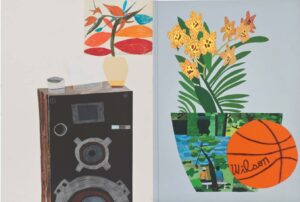
Plant Magic: A Nature Collage of Your Room © 2024 by Peiyao Lyu is licensed under CC BY-SA 4.0


